Triangle Garden Ideas: Creative Designs for Small Spaces
Transforming a triangular garden can feel challenging, but with the right ideas, you can make the most of every inch of space. Whether you’re looking to create a vibrant flower bed, a cozy seating area, or a practical vegetable garden, there are plenty of options to explore. Discover how you can truly maximize the potential of your uniquely shaped garden to create a visually appealing and functional outdoor space.
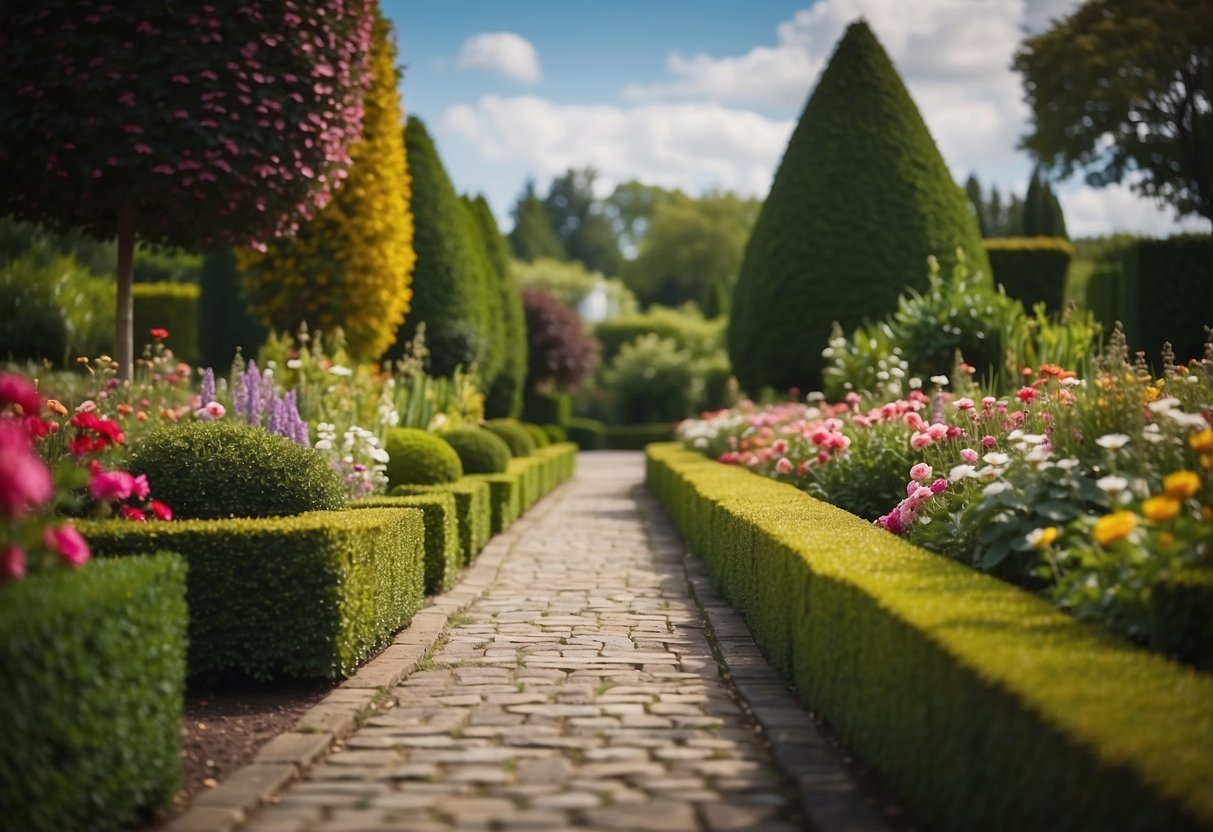
A triangular garden offers unique opportunities for creativity and innovation. From incorporating different textures and colors to using focal points that draw the eye, you can design a garden that stands out. Embrace the distinct shape of your garden to craft a space that is both beautiful and practical.
1) Geometric Pathways
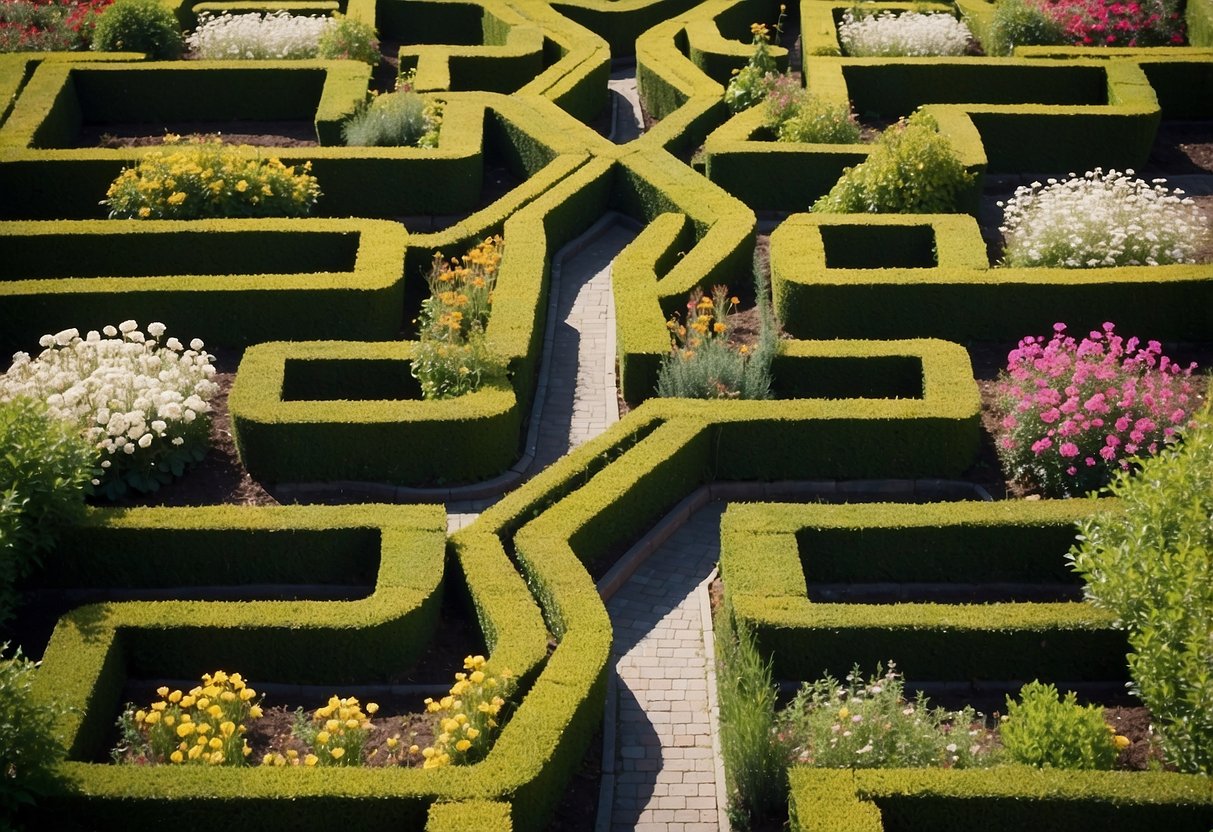
You can make your triangular garden look modern by adding geometric pathways. Think about using shapes like triangles, squares, and circles to line your paths.
Use concrete pavers with grass in between for a sleek look. This design is simple to install and maintain. Creating sharp, clean lines with geometric shapes will keep your garden looking tidy and stylish.
2) Succulent Arrangements
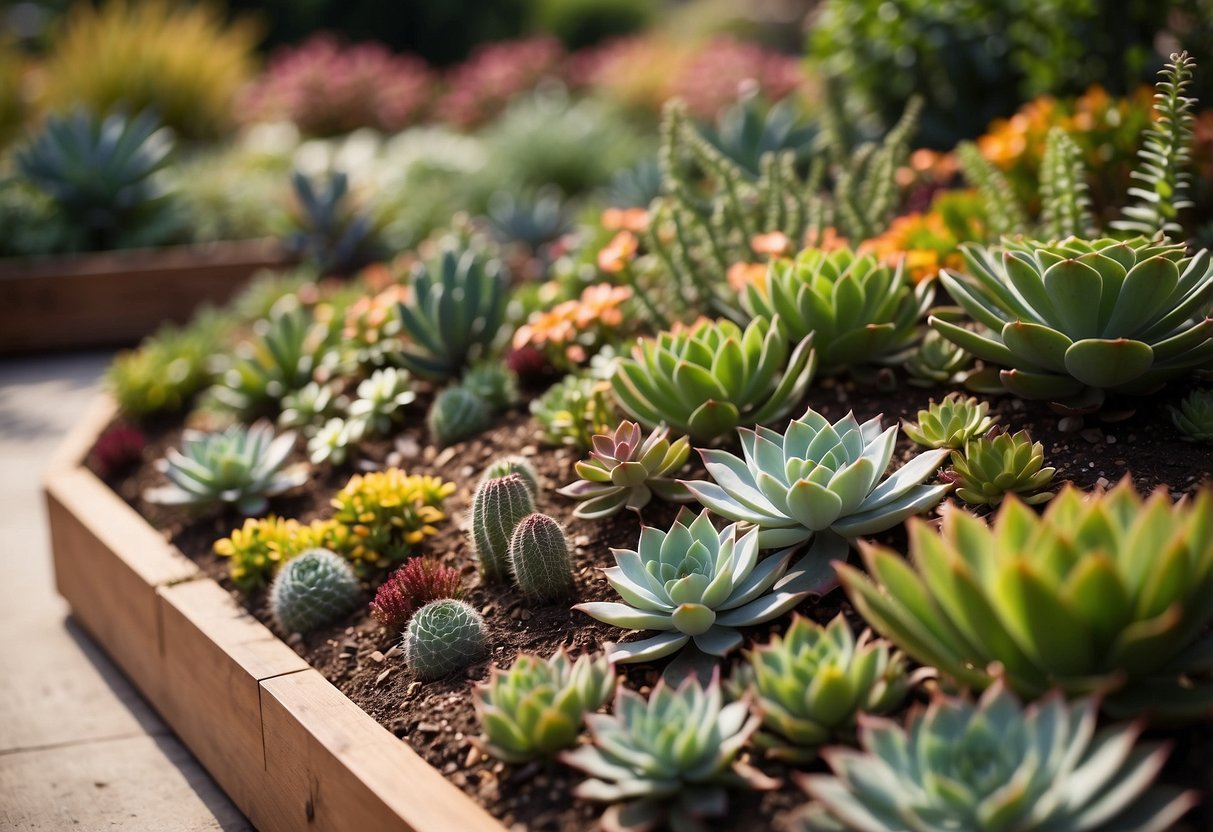
Succulents are perfect for triangle garden designs. They need minimal water and care. Choose a variety of shapes and colors to make your garden pop.
You can use succulent container ideas. Drill drainage holes to keep your plants healthy.
Try arranging taller plants like cactus in the back. Use smaller succulents in the front to create depth.
3) Colorful Annuals
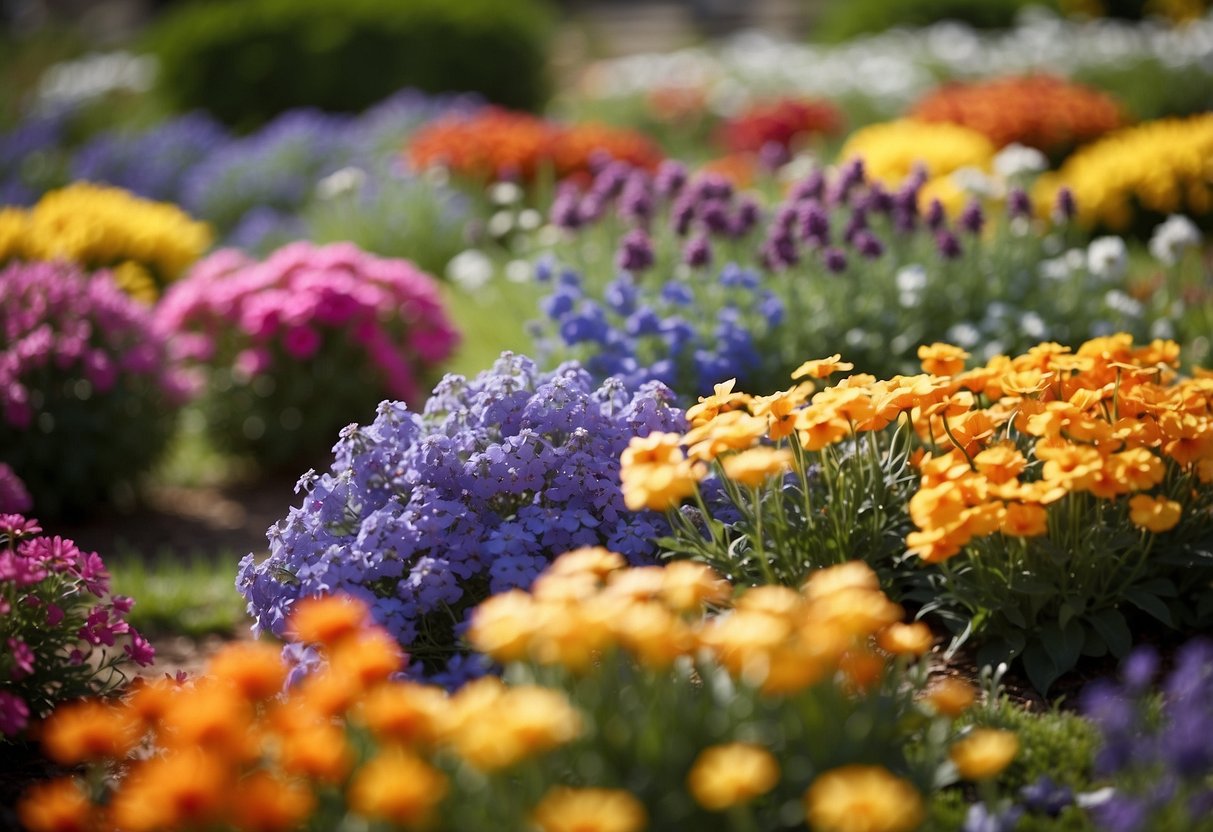
Brighten up your triangular garden with vibrant annual flowers. Consider planting petunias and geraniums for a striking contrast.
Petunias can add a range of colors, from deep blue to light pink.
Geraniums, like the ‘Maverick White’, are perfect for adding height and pops of white. These plants thrive in full sun and well-drained soil.
4) Zen Rock Gardens
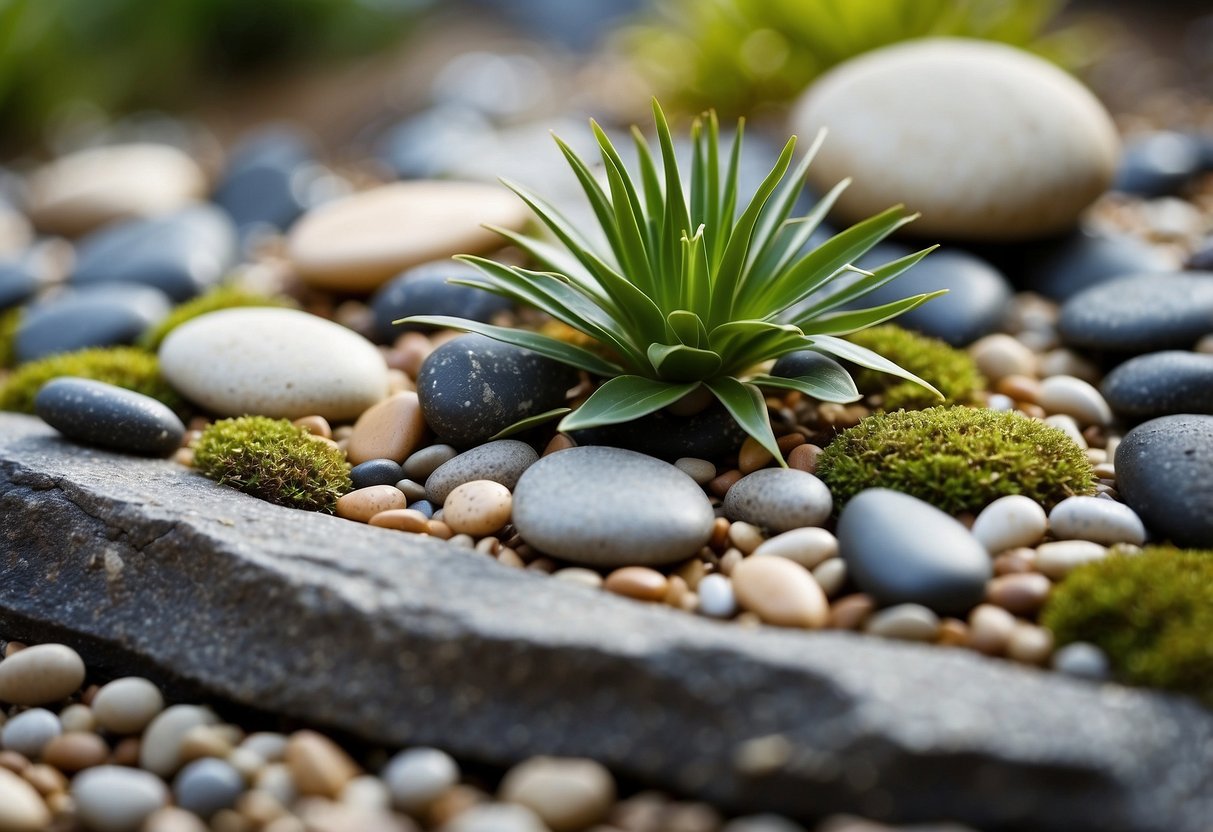
Zen rock gardens are a great way to bring peace to your triangle garden. Use gravel or sand to create clean lines and calming patterns. Add some large rocks or boulders to represent mountains or islands.
A small water feature, like a trickling fountain, can add soothing sounds to your space. This blend of elements can make your garden feel serene and balanced.
Consider incorporating a stone pagoda lantern to give an authentic Japanese touch. Adding a few bonsai trees can also enhance the atmosphere of your Zen space.
5) Vertical Planters
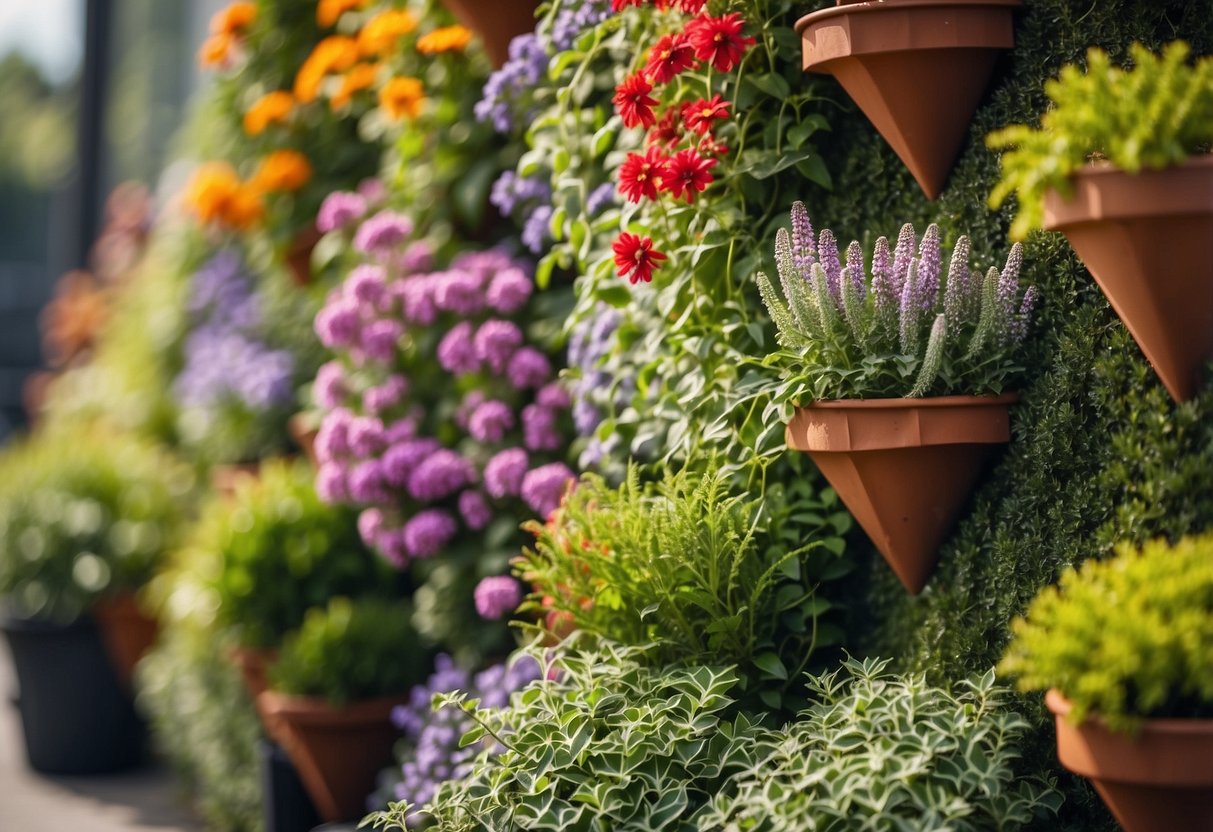
Vertical planters are a great way to add plants to small spaces. You can attach planters to a wall or fence, making the most of your available area.
Consider using wood slat walls or pallet garden walls to create a unique look.
Hanging planters are another fantastic option. They’re perfect for trailing plants and can be placed on patios or decks.
6) Herb Spirals

Herb spirals are a fantastic way to grow a variety of herbs in a small space. They are built in a spiral shape that rises in the center and spirals down to the ground. This design saves space and creates different growing conditions for various herbs.
You can use materials like stone or wood to create the structure. Larger stones are usually placed at the bottom, and smaller ones at the top. The standard size is often 6 feet wide, which lets you reach the center easily for planting or harvesting. This method is popular in permaculture and promotes biodiversity within your garden. For more details, check out Balcony Garden Web.
7) Creeping Ground Covers

Creeping ground covers are great for filling in bare spots in your triangle garden. They spread quickly and require little maintenance.
One popular option is lamb’s ear. It has fuzzy leaves and grows well in low-quality soil. Another choice is green and gold with its bright golden flowers, making it a charming addition.
Using these plants can add texture and color, giving your garden a lush, finished look.
8) Bird Baths and Feeders
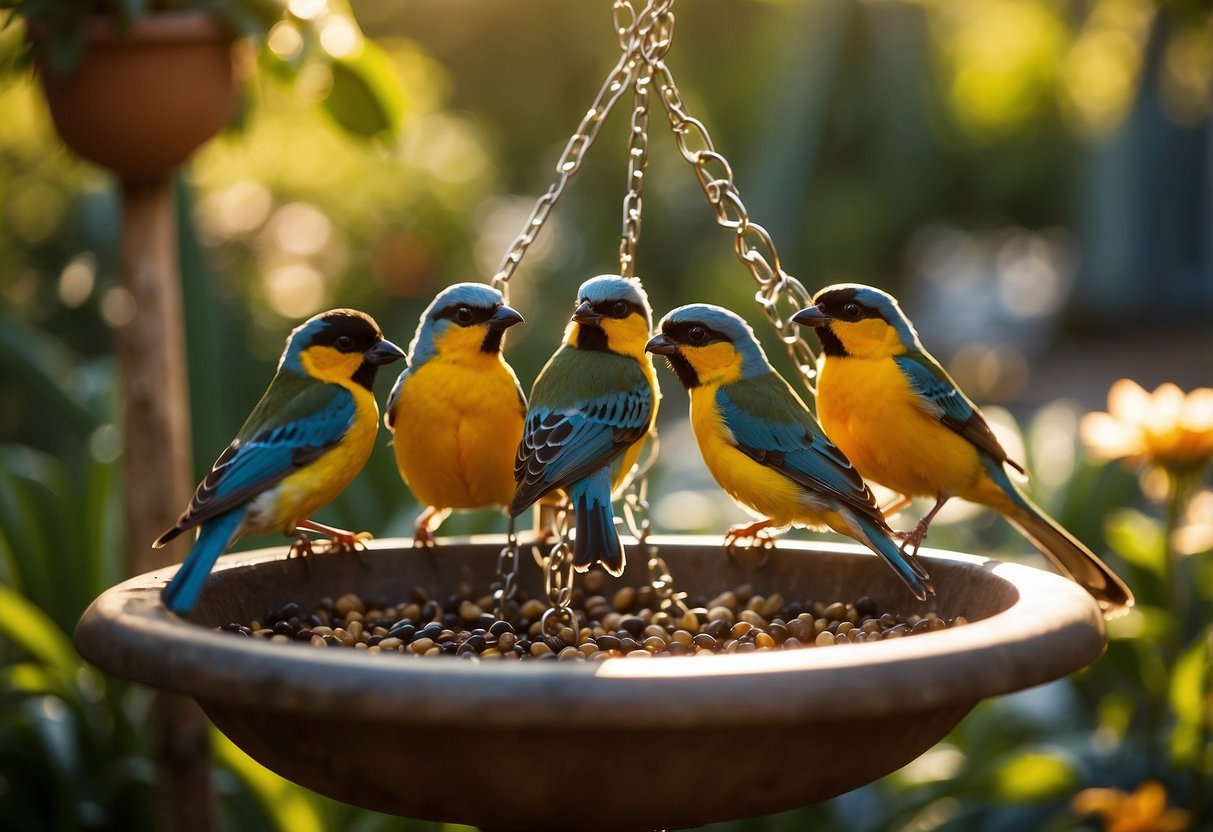
A triangle garden is perfect for adding unique features like bird baths and feeders.
Consider a decorative Stone Fiberclay Bird Bath. It’s both functional and stylish, attracting birds with its ornate finish.
You can also build a DIY bird feeder. These projects are easy and fun to create, perfect for a weekend.
9) Decorative Gravel

Decorative gravel adds charm to your triangular garden and is low-maintenance. It’s perfect for pathways, keeping your shoes clean and your garden neat.
Gravel comes in various colors and sizes, letting you customize your garden’s look. It pairs well with plants and makes a solid surface for walking.
Use gravel around raised beds or focal points. This helps prevent mud and makes watering easier by allowing runoff to seep through.
10) Perennial Borders

Perennial borders can add year-round beauty to your triangular garden. By selecting plants that bloom at different times, you can ensure continuous color.
Think about using plants like coral bells, which are great for shady areas and have colorful leaves. Japanese maples also shift to rich colors in autumn, providing stunning visual appeal.
For sunlit spots, consider adding snapdragons or chrysanthemums. Their vibrant blooms can create eye-catching focal points in your garden.
Designing Your Triangle Garden

Designing a triangle garden involves selecting appropriate plants and establishing a focal point. This helps make the most of the triangular shape and creates a visually appealing space.
Choosing the Right Plants
When picking plants for your triangle garden, focus on variety. Using a mix of foliage colors and plants can add depth and visual interest. For instance, combine plants with green, purple, or red leaves.
Consider plants that thrive in the light conditions of your garden. If your garden gets lots of sunlight, go for sun-loving plants like lavender or marigolds. For shaded areas, hostas and ferns work well.
Height variation also plays a key role. Place taller plants at the back and shorter ones in the front to create layers. Using different heights can maximize your space and make the garden look fuller.
Creating a Focal Point
A focal point can bring your triangle garden together and give it a sense of direction. Popular choices include sculptures, birdbaths, or a favorite flowering plant.
Place your focal point strategically to draw attention. For example, you can place a sculpture at the narrowest corner of the triangle to draw the eye outward.
Incorporating a water feature, like a small fountain, adds a soothing element and attracts birds. This not only enhances beauty but also creates a relaxing atmosphere.
Adding pathways or stepping stones leading to your focal point can also help guide the viewer’s eye through the garden, making the space feel more cohesive. For more tips, check out Garden Designs for Triangular Gardens.
Maintenance Tips for a Triangle Garden

Regular upkeep of your triangle garden ensures healthy plants and a neat appearance. Focus on proper watering techniques and seasonal care to keep the garden thriving year-round.
Watering Techniques
Watering a triangle garden requires careful attention because the layout may cause some areas to dry out faster than others. Use soaker hoses or drip irrigation systems to deliver water directly to the roots. This reduces water runoff and ensures even distribution.
Mulching is another effective method. It helps retain moisture and keeps the soil temperature stable. Spread a layer of organic mulch around plants, especially during hot months, to prevent the soil from drying out too quickly. This also helps suppress weeds.
Monitor the garden regularly. Check the soil moisture by inserting a finger into the ground up to your second knuckle. If it feels dry, it’s time to water. Deep watering is better than frequent, shallow watering because it encourages deep root growth.
Seasonal Care
Seasonal changes impact how you maintain your triangle garden. In spring, focus on cleaning debris, pruning, and adding fresh compost. This prepares the plants for vigorous growth. Check for any winter damage and remove dead or weak branches.
During summer, shade-sensitive plants might need protection from intense sunlight. You can use shade cloths or move potted plants to sheltered areas. Continue to mulch and water deeply, as plants will need more hydration during hot weather.
In autumn, prepare your garden for colder temperatures by adding an extra layer of mulch to insulate plant roots. Trim back perennials and remove any diseased or dead plant material to prevent issues in spring.
Winter care involves minimal maintenance but keep an eye on the garden during warm spells. Ensure that mulch remains in place and check for any signs of pests or disease. Cover any frost-sensitive plants with cloth or burlap if necessary.







